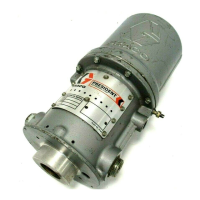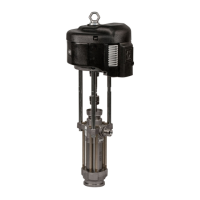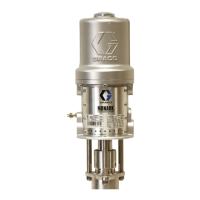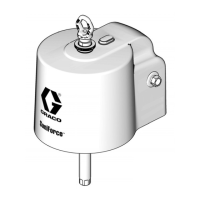Installation
6 306982ZAE
Pressure Relief Procedure
Follow the Pressure Relief Procedure whenever
you see this symbol.
1. Engage the spray gun/dispensing valve safety
latch.
2. Shut off the air to the motor.
3. Close the bleed-type master air valve (required in
your system).
4. Disengage the gun/valve safety latch.
5. Hold a metal part of the gun/valve firmly to the side
of a grounded metal pail, and trigger the gun/valve
to relieve pressure.
6. Engage the gun/valve safety latch.
7. Open the pump drain valve (required in your
system), having a container ready to catch the
drainage.
8. Leave the drain valve open until you are ready to
spray/dispense again.
If you suspect that the spray tip/nozzle or hose is
completely clogged, or that pressure has not been fully
relieved after following the steps above, very slowly
loosen the tip guard retaining nut or hose end coupling
and relieve pressure gradually, then loosen completely,
then clear the tip/nozzle or hose.
This equipment stays pressurized until pressure is
manually relieved. To help prevent serious injury from
pressurized fluid, such as skin injection, splashing
fluid and moving parts, follow the Pressure Relief
Procedure when you stop spraying and before
cleaning, checking, or servicing the equipment.
A bleed-type master air valve is required in your
system to reduce the risk of serious bodily injury from
moving parts if you are adjusting or repairing the air
motor.
The bleed-type master air valve relieves air trapped
between this valve and the motor after the air
regulator is shut off. Trapped air can cause the motor
and pump to cycle unexpectedly. Install the valve
between the pump air inlet and the air regulator
within easy reach of the pump.
Moving parts can pinch or amputate your fingers or
other body parts. When the pump is operating, the
priming piston (located at the pump intake) and the
air motor piston (located behind the air motor plates)
move. Never Operate the pump with the air motor
plates removed, and keep your fingers and hands
away from the priming piston. See MOVING PARTS
HAZARD page 4.

